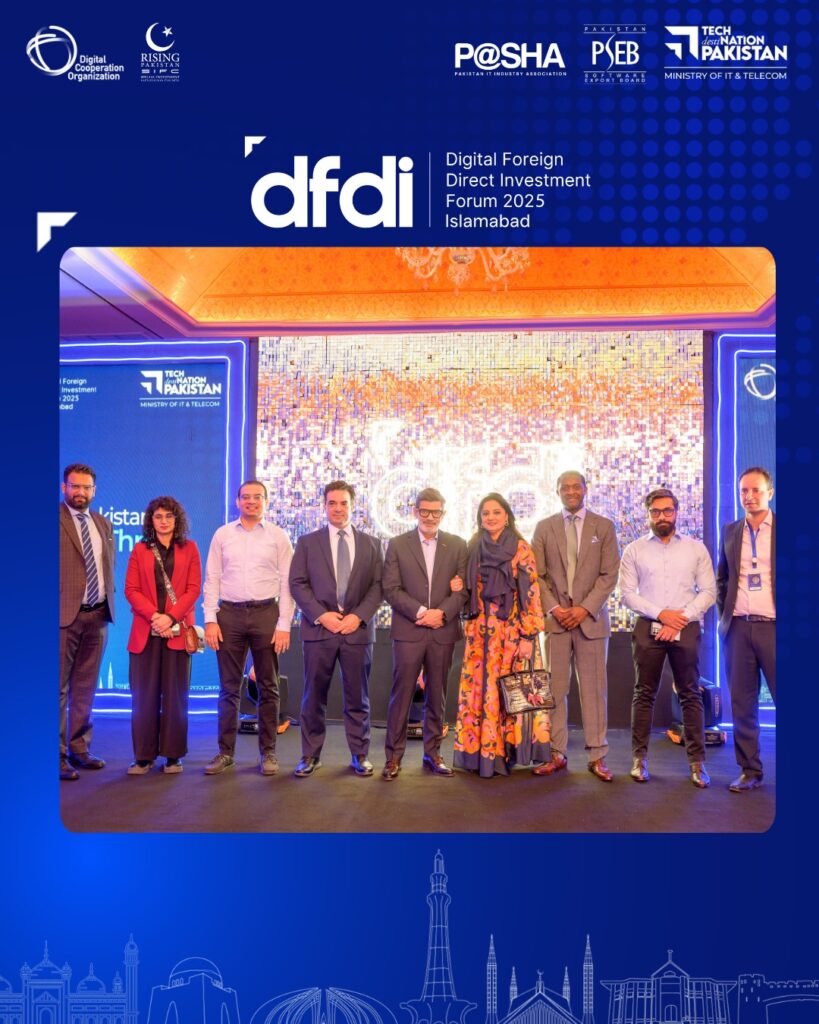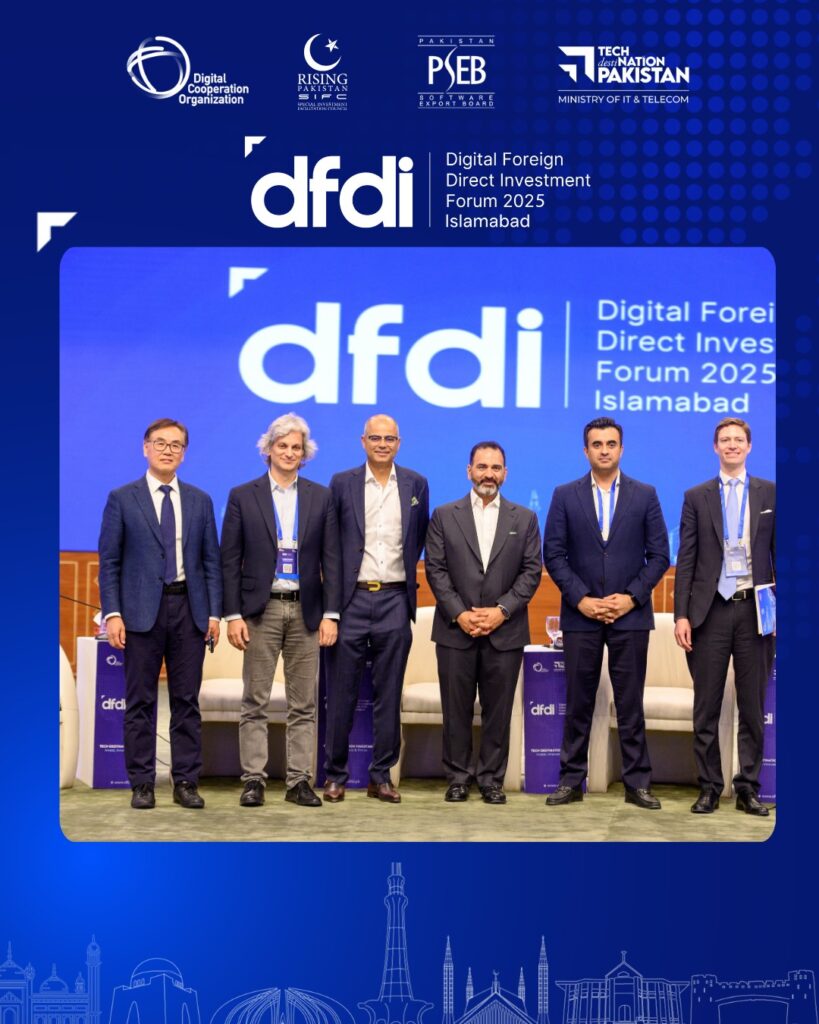Table of Contents
🚀 Digital Infrastructure Through DFDI: Laying the Foundation for Inclusive Growth
Digital infrastructure through DFDI is revolutionizing global development by enabling countries—especially emerging and developing economies—to build resilient, inclusive, and future-ready digital ecosystems. Digital Foreign Direct Investment (DFDI) is not just about money; it’s about transforming lives through strategic investments in connectivity, data infrastructure, smart platforms, and human capital.
In this article, we explore how digital infrastructure through DFDI is bridging digital divides, unlocking economic opportunities, and building the digital backbone of modern societies.
🛰️ What Is Digital Infrastructure Through DFDI?
Digital infrastructure through DFDI refers to the deployment of cross-border investments into:
- Broadband and fiber-optic networks
- Mobile and satellite communication systems
- Data centers and cloud services
- Smart grid and energy tech
- Public digital platforms and applications
These investments enable governments and local communities to deliver e-services, digital education, healthcare, digital finance, and more.
✅ Key Benefit: It drives sustainable, scalable development while attracting more private and public sector partners.

🏗️ Building the Foundation: Core Components of Digital Infrastructure
At the heart of every thriving digital ecosystem lies strong digital infrastructure—and when this infrastructure is powered by DFDI (Digital Foreign Direct Investment), it becomes a catalyst for sustainable, inclusive growth. The digital infrastructure through DFDI provides the essential technological backbone that allows individuals, businesses, and governments to connect, innovate, and thrive in the digital age.
A well-designed digital infrastructure through DFDI initiative focuses on several core components that ensure scalability, reliability, and equitable access. These elements are not just technology—they’re enablers of transformation.
🌐 1. Connectivity Infrastructure
Reliable and high-speed internet is the first and most critical pillar of digital development. Digital infrastructure through DFDI enables global partners to invest in:
- Fiber-optic cable networks for urban and peri-urban areas
- Wireless broadband solutions (4G/5G) for wider reach
- Satellite internet systems for remote and mountainous regions
- Community Wi-Fi access points in schools, health centers, and village halls
✅ Result: Enhanced digital access for education, e-commerce, governance, and healthcare.
🔌 2. Power and Energy Systems
Digital infrastructure is only as effective as the energy systems that support it. In many regions, especially rural areas, power access remains unreliable. Digital infrastructure through DFDI addresses this by funding:
- Solar mini-grids for off-grid communities
- Battery storage systems for uninterrupted uptime
- Micro-hydro and hybrid energy solutions
- Smart meters and energy-efficient data centers
Example: In Uganda, a DFDI-funded project installed solar-powered charging stations alongside rural telecenters, making 24/7 digital access possible.
🖥️ 3. End-User Devices and Access Points
Without devices, even the best networks go underutilized. Digital infrastructure through DFDI includes making devices affordable and accessible by:
- Subsidizing low-cost smartphones, tablets, and laptops
- Deploying digital kiosks or telecenters in villages and underserved communities
- Implementing device-sharing programs in schools and community centers
- Encouraging refurbished tech markets to support digital inclusion
Impact: More people can access education platforms, health services, and income-generating opportunities.
🧠 4. Human Capital Infrastructure
Technology is only as powerful as the people who use it. Therefore, a key part of digital infrastructure through DFDI is developing digital capacity, including:
- Train-the-trainer programs for community tech facilitators
- Digital literacy campaigns for all age groups
- Technical education on networking, coding, data management
- Remote work training for rural youth and women
Bonus: These efforts also create jobs and build long-term digital resilience.
📡 5. Cloud and Data Center Infrastructure
As data becomes central to governance, commerce, and public services, digital infrastructure through DFDI includes significant investment in:
- Tier 3 & Tier 4 data centers for national and regional hosting
- Cloud service infrastructure to support apps, platforms, and AI tools
- Edge computing systems to reduce latency in remote areas
- Disaster recovery centers to ensure data continuity
Example: In Vietnam, a DFDI project set up regional data centers that now support health records, ID systems, and fintech apps.
🧱 6. Digital Platforms and E-Service Portals
Beyond hardware, digital infrastructure through DFDI also builds foundational digital platforms such as:
- National ID systems for e-governance
- e-Government portals for licenses, taxes, and benefits
- Education management systems (LMS) for schools and universities
- Mobile banking and payment ecosystems for financial inclusion
These platforms are essential for bringing digital transformation to real-life applications across sectors.
🔒 7. Cybersecurity Infrastructure
With increasing connectivity comes greater risk. A resilient digital infrastructure through DFDI must prioritize:
- Encryption and secure hosting standards
- National cyber emergency response centers (CERTs)
- Training public officials and developers in cyber hygiene
- Legal frameworks for data protection and digital rights
✅ Trust in digital systems is non-negotiable for widespread adoption.
🧬 8. Innovation and R&D Infrastructure
Finally, sustainable digital transformation requires continual innovation. This component of digital infrastructure through DFDI includes:
- Tech incubators and accelerators in rural and urban regions
- Innovation hubs with co-working spaces and mentorship
- University partnerships for applied research in digital solutions
- Funding programs for digital startups with social impact missions
Outcome: Local innovators are empowered to solve community-specific challenges with homegrown solutions.rough DFDI is scalable and designed to evolve with changing tech demands.
🌍 Role of Digital Infrastructure Through DFDI in Bridging the Digital Divide
One of the main reasons for investing in digital infrastructure through DFDI is to reduce the growing urban-rural digital divide. Key impacts include:
- Connecting rural and underserved regions
- Providing e-learning and online healthcare
- Enabling women and youth to access remote jobs
- Supporting digital businesses in isolated areas
Case Study: A DFDI-funded initiative in Ethiopia brought internet access to 5,000+ schools using solar-powered Wi-Fi stations—boosting digital literacy by 60% in two years.
📚 Education Transformation Through Digital Infrastructure
With digital infrastructure through DFDI, schools can access:
- Virtual classrooms and remote learning platforms
- Online teacher training programs
- Cloud-based curriculum and e-textbooks
- Learning analytics and assessments
Example: In South Asia, a DFDI project connected remote schools to national LMS platforms, resulting in a 40% increase in digital enrollment.
🩺 Healthcare Access Through Digital Infrastructure
DFDI-backed infrastructure also supports telemedicine and e-health initiatives by providing:
- Telehealth consultation booths in villages
- Remote diagnostic tools connected to urban hospitals
- Electronic medical record systems
- Health hotlines and AI chatbots
Digital infrastructure through DFDI directly saves lives in areas without regular healthcare access.
💼 Empowering Rural Businesses and Entrepreneurs
Reliable digital infrastructure enables rural entrepreneurs to:
- Run online businesses (e-commerce, freelancing, digital services)
- Access micro-finance and mobile payments
- Join digital supply chains
- Receive market intelligence and pricing updates
Impact: In Nigeria, DFDI-backed mobile marketplaces boosted farmer incomes by 35% and cut middlemen from rural produce chains.
🏛️ Boosting Governance and Public Services
DFDI investments help governments modernize operations through:
- e-Governance portals
- Online licensing and tax systems
- Citizen feedback platforms
- Digital ID and biometric systems
Example: In Rwanda, DFDI-supported platforms allowed over 90% of public services to go digital—saving citizens time and travel costs.
🔒 Cybersecurity and Data Governance in DFDI Projects
With increased digital infrastructure, cybersecurity becomes vital. A responsible digital infrastructure through DFDI approach includes:
- Data protection policies
- Cloud security protocols
- Cyber hygiene training for public officials
- National cybersecurity frameworks
Best Practice: All DFDI contracts should include clauses around data sovereignty, ethics, and compliance with global standards.
📊 Measuring Impact of Digital Infrastructure Through DFDI
Key performance indicators (KPIs) for DFDI projects include:
- Number of new users connected
- Internet speed improvements
- Increase in digital service uptake
- Jobs created in the digital sector
- Public satisfaction scores
✅ Tools like real-time dashboards and third-party audits ensure transparency and continuous improvement.
🔮 The Future of Digital Infrastructure Through DFDI
Emerging trends reshaping digital infrastructure through DFDI include:
- Low-Earth Orbit Satellites (LEO) like Starlink
- AI-powered public service platforms
- Green data centers with zero carbon emissions
- 5G-based rural smart zones
- Open-source government tech stacks
Vision: DFDI will be the engine powering equitable, inclusive digital transformation worldwide.
🧩 Challenges and Solutions in DFDI Infrastructure Projects
Common Challenges:
- Regulatory bottlenecks
- Infrastructure inaccessibility
- Political risk and instability
- Low digital literacy
- Fragmented stakeholder coordination
Solutions:
- Public-private partnerships
- Long-term MoUs with governments
- Local capacity building
- Ethical investment frameworks
- Scalable and modular tech design
✅ Digital infrastructure through DFDI works best when co-created with local partners.

❓ FAQs – Digital Infrastructure Through DFDI
1. What is DFDI?
DFDI stands for Digital Foreign Direct Investment, where foreign capital is used to fund digital transformation projects like internet expansion, smart platforms, and tech hubs.
2. Why is digital infrastructure important?
It enables access to essential services such as healthcare, education, finance, and governance, especially in underserved communities.
3. What sectors benefit from DFDI-based infrastructure?
Education, healthcare, public administration, agriculture, finance, and entrepreneurship all benefit.
4. How can countries attract DFDI for digital infrastructure?
By providing clear digital policies, stable regulation, investment incentives, and aligning with SDGs and global tech partners.
5. Is DFDI suitable for rural areas?
Yes. In fact, rural regions benefit the most by gaining access to tools and services that were previously unavailable.
Follow us on Facebook for Quick Response & Quires – Digital Foreign Direct Investment (DFDI)
